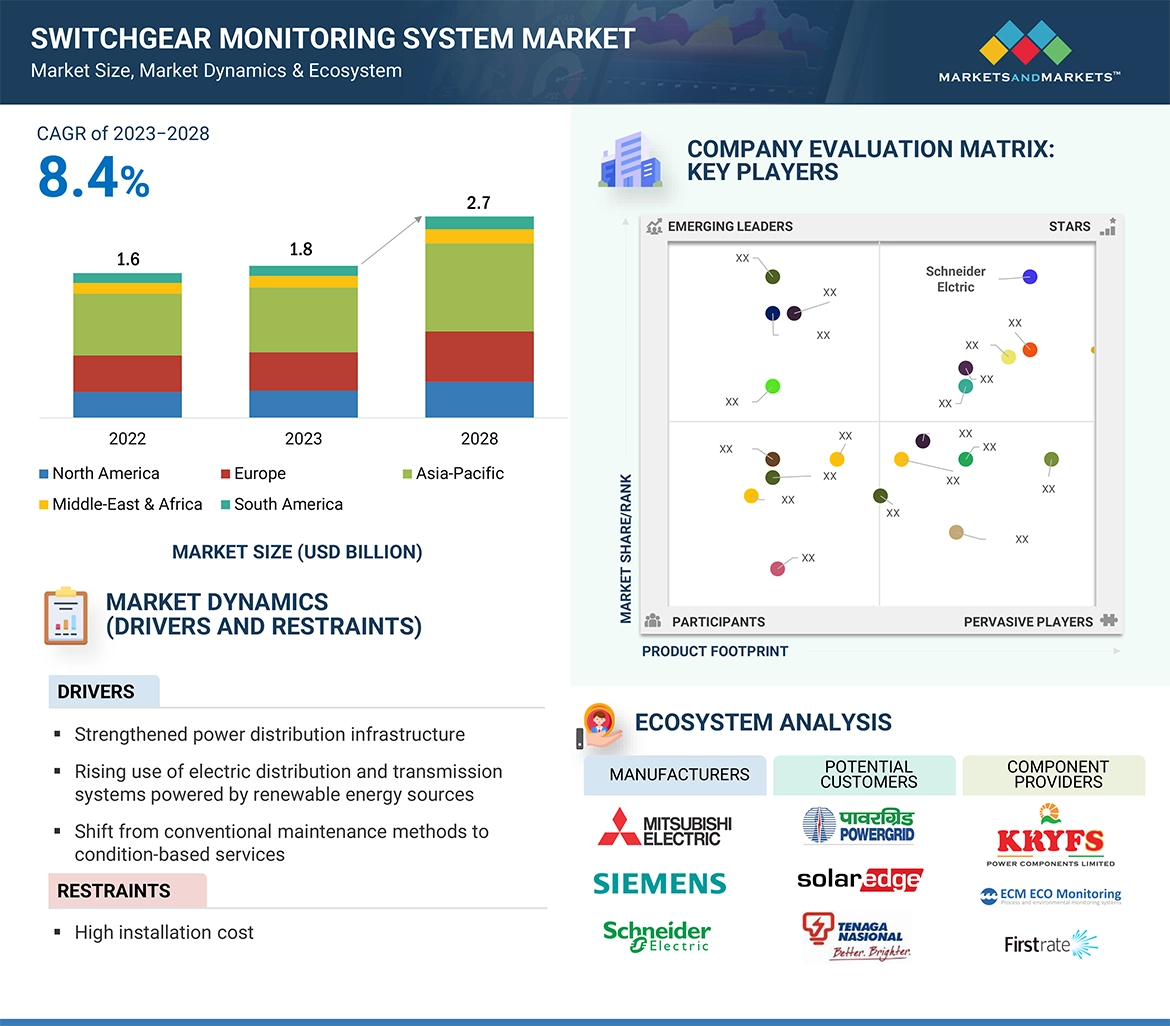The global AC Motors Market is projected to grow from estimated USD 4.60 billion in 2024 to USD 6.60 billion by 2029, at a CAGR of 7.5% during the forecast period. Industrial growth, rapid urbanization, and increased usage in HVAC systems, water treatment, and manufacturing activities are driving the demand for AC motors. The industries located in China, India, and Japan require AC motors for efficient operation, power pumps, fans, and compressors.
The 4-pole AC motor is the largest part of the AC motor market because it is versatile, energy-efficient, and has a lot of applications in various types of industries such as HVAC, pumps, and compressors. The motors work at constant speeds (1500 RPM at 50 Hz or 1800 RPM at 60 Hz) and have constant operations. Their balance of torque and speed also caters for heavy-duty and precision work, making them widely used in industries.
Download PDF Brochure: https://www.marketsandmarkets.com/pdfdownloadNew.asp?id=3472909
This segment is largely the largest consumer of 500–900 kW-rated power due to its immense applications in heavy industries, like power generation, mining, and oil and gas. Such motors perfectly fit the high-power requirement of heavy operations while remaining highly efficient for demanding operations. Further, the trend in increasing application of automation and energy efficiency in processes of industry creates the need for these motors in the mentioned power range. They are a popular option in many industries due to their adaptability and dependability in managing demanding applications, which greatly contributes to their market domination.
The reason for the fast growth of the AC motors market share is the fast industrialization and urbanization within the Asia Pacific region, especially within the developing countries of China and India. The rising manufacturing sector, changing infrastructure, and the ever-increasing trend of employing energy-efficient technology are a few reasons why the need for AC motors is arising. Increasing usage of electric automobiles and HVAC systems is yet another reason contributing to its growth. The trend of AC motors in the region is further boosted by favorable government policies toward renewable energy projects and industrial automation.
Request Sample Pages: https://www.marketsandmarkets.com/requestsampleNew.asp?id=3472909
Some of the major players in the AC Motors Industry are ABB (Switzerland), Siemens (Germany), GE Vernova (US), WEG (Brazil) and NIDEC (Japan).
ABB
ABB is a leading power and automation technology company offering a wide range of products, services, and systems, namely, transformers, distribution automation products, high-voltage products, power transmission systems, grid integration systems, and others. The company has over 130 years of experience with motors and generators, and more than 40 years of expertise with drives in manufacturing, servicing and optimizing across a wide range of industries. The company has operations spread across more than 100 countries across 3 regions: Europe, the Americas and Asia, Middle East and Africa. ABB has 476 offices in 85 countries around the world. ABB provides with general purpose to highly customized designs, synchronous motors and high voltage induction motors provide high efficiency, reliability and availability across all major industries, such as power generation, marine, oil and gas, mining, and data centers; and applications.
General Electric
General Electric Company is a high-tech industrial company that operates worldwide through three segments: Aerospace, Renewable Energy, and Power. In April 2024, General Electric Company completed its transition of splitting into three separate companies with GE Vernova, GE Aerospace, and GE Healthcare all trading under separate stock tickers.
GE operates through four business segments: aerospace, renewable energy, power, and corporate. The power segment provides with AC motors. Along with motors, it provides with generators, automation and control equipment and drives for energy intensive industries such as marine, oil and gas, mining, rail, metals and test systems. General Electric Company operates in over 160 countries. Manufacturing and service operations are carried out at 59 manufacturing plants located in 24 states in the United States and Puerto Rico and at 102 manufacturing plants located in 25 other countries. Manufacturing facilities in Alabama, South Carolina and Tennessee, as well as R&D, sales, distribution and support operations in 46 states.










